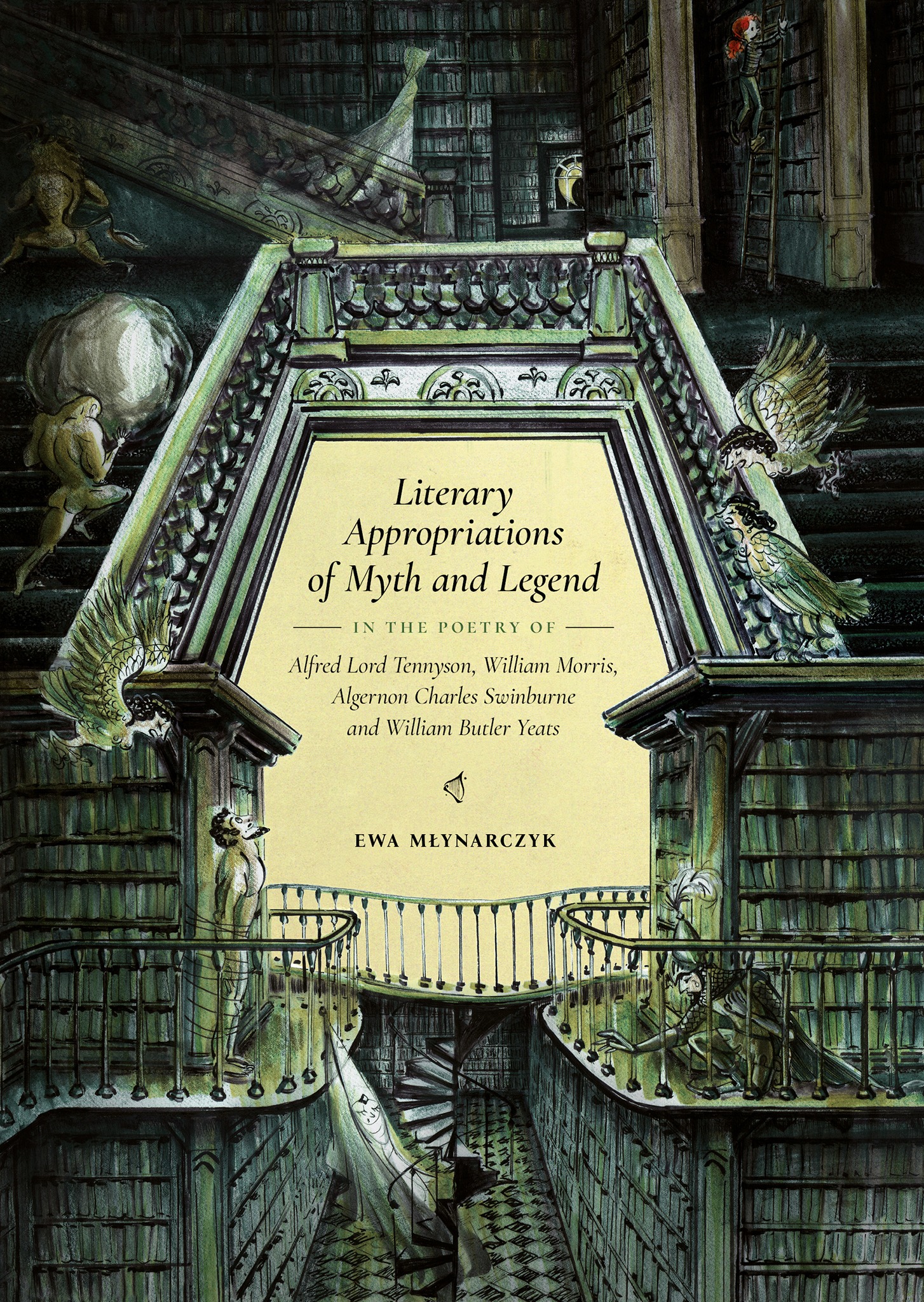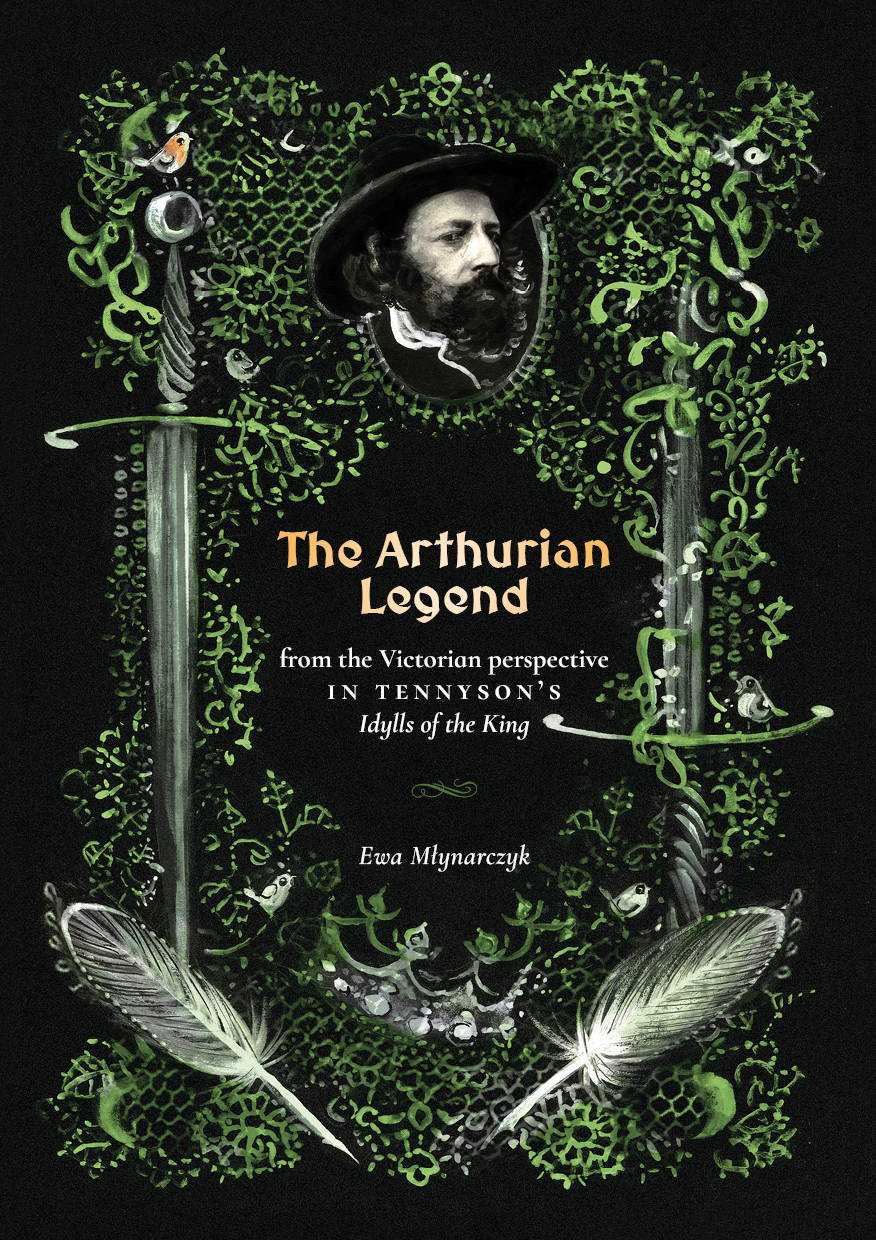
The doctoral dissertation by Ewa Młynarczyk, entitled Literary Appropriations of Myth and Legend in the Poetry of Alfred Lord Tennyson, William Morris, Algernon Charles Swinburne and William Butler Yeats, and her MA thesis, entitled The Arthurian Legend from the Victorian Perspective in Tennyson’s “Idylls of the King”, both written under the supervision of Prof. Grażyna Bystydzieńska, have been published by the Institute of English Studies of the University of Warsaw. More information below.

Ewa Młynarczyk (1982–2022)
Ewa studied English Philology at the Institute of English Studies of the University of Warsaw, graduating in 2008 with an MA thesis that explored Victorian aspects of a medieval theme: The Arthurian Legend from the Victorian Perspective in Tennyson’s “Idylls of the King”, written under the supervision of Professor Grażyna Bystydzieńska. Ewa went on to become a PhD student in the Institute, and continued to explore the field of nineteenth-century literature with Professor Bystydzieńska. In the years 2010–2015 she published eight articles on the poetry of the Victorian epoch (the articles are available online: ewamlynarczyk.pl). Her main interests included Victorian and modern theories concerning the interpretation of myths as well as the transformations of mythological motifs in Post-Romantic and Victorian British poetry. While she was a PhD student, she worked as a teacher of English as a foreign language at the University of Warsaw. The book Literary Appropriations of Myth and Legend in the Poetry of Alfred Lord Tennyson, William Morris, Algernon Charles Swinburne and William Butler Yeats is based on Ewa’s doctoral dissertation, which had already been positively reviewed before her untimely death, although her last illness prevented her from taking her final doctoral examinations. More about Ewa: ewamlynarczyk.pl/en/about-ewa



